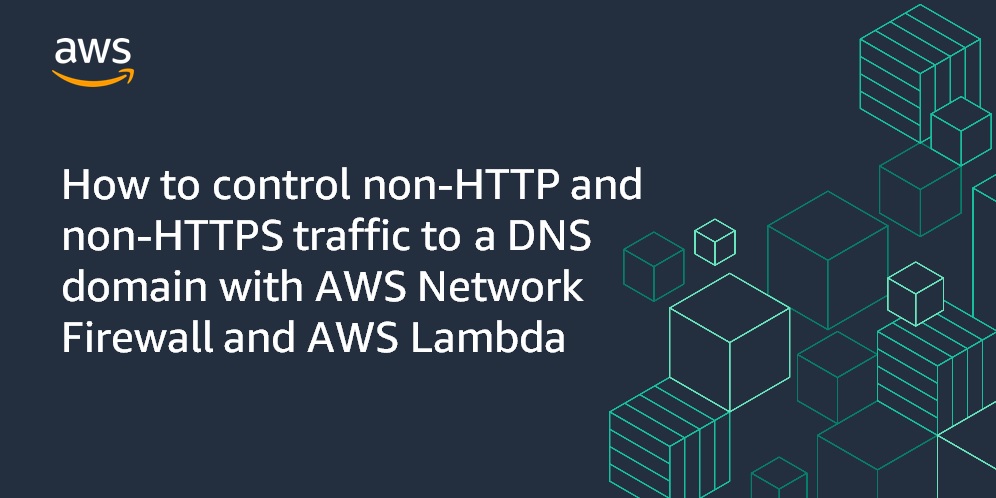AWS Security Blog
Category: Security, Identity, & Compliance
How to use trust policies with IAM roles
June 20 2023: The wording in this post has been updated to avoid confusion around the use of wildcards in the principal element of an AWS Identity and Access Management (IAM) trust policy statement. November 3, 2022: We updated this post to fix some syntax errors in the policy statements and to add additional use […]
Use Amazon Inspector to manage your build and deploy pipelines for containerized applications
Amazon Inspector is an automated vulnerability management service that continually scans Amazon Web Services (AWS) workloads for software vulnerabilities and unintended network exposure. Amazon Inspector currently supports vulnerability reporting for Amazon Elastic Compute Cloud (Amazon EC2) instances and container images stored in Amazon Elastic Container Registry (Amazon ECR). With the emergence of Docker in 2013, […]
See yourself in cyber: Highlights from Cybersecurity Awareness Month
As Cybersecurity Awareness Month comes to a close, we want to share some of the work we’ve done and made available to you throughout October. Over the last four weeks, we have shared insights and resources aligned with this year’s theme—”See Yourself in Cyber”—to help advance awareness training, and inspire people to join the rapidly […]
How to control non-HTTP and non-HTTPS traffic to a DNS domain with AWS Network Firewall and AWS Lambda
December 7, 2022: We added a caveat to the solution, for those using a traffic steering mechanism, in this post. Security and network administrators can control outbound access from a virtual private cloud (VPC) to specific destinations by using a service like AWS Network Firewall. You can use stateful rule groups to control outbound access […]
Export historical Security Hub findings to an S3 bucket to enable complex analytics
AWS Security Hub is a cloud security posture management service that you can use to perform security best practice checks, aggregate alerts, and automate remediation. Security Hub has out-of-the-box integrations with many AWS services and over 60 partner products. Security Hub centralizes findings across your AWS accounts and supported AWS Regions into a single delegated […]
A sneak peek at the security, identity, and compliance sessions for re:Invent 2022
AWS re:Invent 2022 is fast approaching, and this post can help you plan your agenda with a look at the sessions in the security track. AWS re:Invent, your opportunity to catch up on the latest technologies in cloud computing, will take place in person in Las Vegas, NV, from November 28 – December 2, 2022. […]
AWS successfully renews GSMA security certification for US East (Ohio) and Europe (Paris) Regions
Amazon Web Services is pleased to announce that our US East (Ohio) and Europe (Paris) Regions have been re-certified through October 2023 by the GSM Association (GSMA) under its Security Accreditation Scheme Subscription Management (SAS-SM) with scope Data Centre Operations and Management (DCOM). The US East (Ohio) and Europe (Paris) Regions first obtained GSMA certification […]
New AWS whitepaper: Using AWS in the Context of Canada’s Controlled Goods Program (CGP)
Amazon Web Services (AWS) has released a new whitepaper to help Canadian defense and security customers accelerate their use of the AWS Cloud. The new guide, Using AWS in the Context of Canada’s Controlled Goods Program (CGP), continues our efforts to help AWS customers navigate the regulatory expectations of the Government of Canada’s Controlled Goods […]
Analyze Amazon Cognito advanced security intelligence to improve visibility and protection
January 28, 2025: The following blog post describes how to process AWS CloudTrail logs for user authentication events and query events for additional intelligence. Amazon Cognito added support for exporting threat protection user activity logs, which helps to streamline log processing for Plus feature tier customers. However, customers in the Plus tier can still use […]
Use IAM Access Analyzer policy generation to grant fine-grained permissions for your AWS CloudFormation service roles
AWS Identity and Access Management (IAM) Access Analyzer provides tools to simplify permissions management by making it simpler for you to set, verify, and refine permissions. One such tool is IAM Access Analyzer policy generation, which creates fine-grained policies based on your AWS CloudTrail access activity—for example, the actions you use with Amazon Elastic Compute […]









